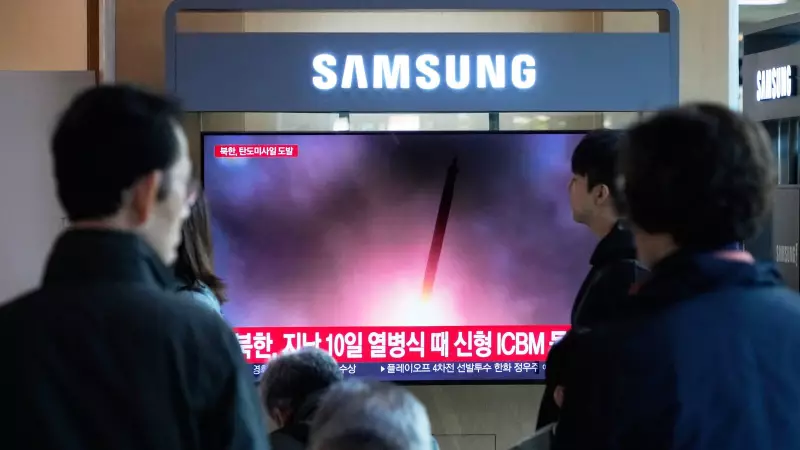
In a notable departure from its aggressive posturing in recent years, North Korea has significantly scaled back its missile testing activities throughout 2024, marking one of the quietest periods in the country's weapons demonstration history. This unexpected calm has sparked intense speculation among international observers and defense analysts about Pyongyang's strategic intentions.
The Numbers Tell a Story
According to comprehensive data analyzed by defense monitoring agencies, North Korea conducted only three missile tests during the first half of 2024. This represents a dramatic decrease compared to the same period in previous years, particularly 2022 when the regime launched an unprecedented 67 missiles and 2023 which saw 26 tests.
Expert Theories Behind the Silence
Several compelling theories have emerged to explain this strategic pause:
Military-Technical Maintenance Period
"North Korea's weapons program operates in cycles of development, testing, and consolidation," explains Dr. Lee Sung-yoon, a Korea studies professor at Tufts University. "After the intensive testing phase of 2022-2023, they're likely in a maintenance and evaluation period, analyzing data and preparing for the next generation of weapons systems."
The Russia Connection Factor
The burgeoning military cooperation between Pyongyang and Moscow has emerged as a significant factor. Intelligence reports suggest North Korea has supplied millions of artillery shells to Russia for its war in Ukraine, potentially receiving technological assistance and components in return.
"The Russia relationship may be reducing Pyongyang's immediate need to demonstrate capabilities through testing," notes a senior analyst from the Seoul-based Korea Institute for Defense Analyses. "They're gaining technical insights through partnership rather than independent experimentation."
Political Timing and US Elections
The approaching US presidential election presents a strategic opportunity for North Korea. Historical patterns show that Pyongyang often times major provocations to maximize political impact. "Kim Jong Un may be holding his cards close, waiting to see the election outcome before deciding his next move," suggests Professor Yang Moo-jin of the University of North Korean Studies.
What's Next for the Korean Peninsula?
Despite the current lull, experts caution against interpreting this as a sign of de-escalation. Satellite imagery continues to show activity at nuclear and missile facilities, indicating ongoing development work.
"The pause in testing doesn't mean a pause in development," warns Bruce Klingner, senior research fellow at the Heritage Foundation. "North Korea is likely preparing for more sophisticated tests, potentially including space launches or advanced ICBMs that could threaten the entire United States."
The international community remains watchful, understanding that North Korea's quiet periods often precede significant technological demonstrations. As diplomatic efforts continue through back-channel communications, the world waits to see whether this calm represents a genuine shift in strategy or merely the calm before the next storm.





